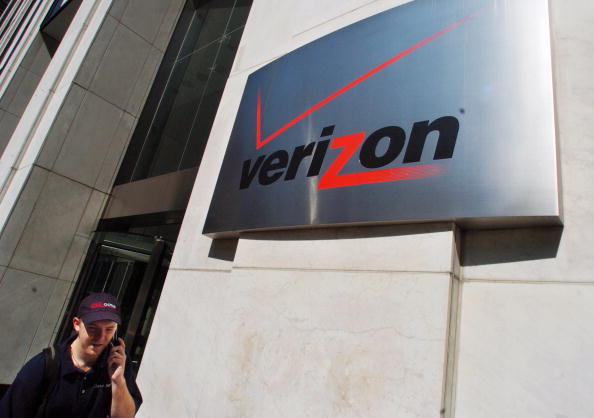
In its acquisition announcement this morning, Verizon Wireless declared its $4.4 billion acquisition of AOL, the Internet stalwart, to be a driver of its “over the top,” or Internet-delivered, content strategy.
This will be positioned by many as a content play: Verizon owns the pipes, and AOL makes the stuff that travels through the pipes. (If that argument sounds familiar, take a walk down memory lane to AOL’s $164 billion merger with Time Warner in 2000. The only difference is, in that deal AOL was the content and Time Warner was the pipes.)
The content play makes sense, and it’s not even the first time Verizon has tried to get into the content business. Remember Sugar String, Verizon’s bizarre foray into tech news last year? The company shuttered it after a month following reports that writers were prohibited from covering politically charged topics such as net neutrality.
AOL has plenty of tech news, from Engadget and TechCrunch to the tech section of the Huffington Post. But the company has been positioning itself as much more than a content company for some time now. In January, when rumors of a Verizon-AOL tie-up first surfaced, analysts pointed to AOL’s foothold in advertising technology as the most attractive piece of the deal. CEO Tim Armstrong has been beating the technology drum, calling ad automation “the single largest trend” on the Web.
AOL’s revenue paints a clear picture of that trend. Last year, the company earned $995 million from display and search ads on the media properties it owns. It earned almost as much — $856 million — from selling ads for third party sites. That’s the advertising technology business, and it’s AOL’s fastest-growing segment. It grew 39% between 2013 and 2014. Contrast that with revenue from its in-house media operations during the same period, where display ads fell 3% and search ads grew just 4%.
Through acquisitions over the years, AOL has built up a advertising technology infrastructure that allows any content company to pay AOL to buy and sell ads on its behalf using algorithms. The rise of programmatic advertising has driven the already-low price of digital ads, such as banners and video pre-rolls, even lower because they eliminate the need for human interaction. Instead, inventory is bundled together, segmented by audience, and algorithms decide which ad will be served to which person through a split-second auction that happens each time a Web page loads.
This isn’t a business Wall Street likes or even understands. To an outside observer, the tech platforms are indistinguishable, indefensible, and in a “race to the bottom,” undercutting each other on prices. That’s why Wall Street has tanked the stocks of a number of publicly traded ad-tech companies. Rocket Fuel has watched its stock go from $56 a share when it went public in 2013 to under $9 per share. Tremor Video, which went public at $9 a share in 2013, now trades below $3. Millennial Media, which went public at $23 per share, now trades below $2.
Now Verizon owns a growing ad-tech company that happens to be in a not-exactly-growing content business. Perhaps the most astounding piece, though, is AOL’s third revenue segment, dial-up subscriptions. A legacy from its early days, AOL still makes a jaw-dropping $606.5 million from dial-up subscribers. Last year, that business shrunk just 7%.
This article originally appeared on Fortune.com.
More Must-Reads From TIME
- The 100 Most Influential People of 2024
- Coco Gauff Is Playing for Herself Now
- Scenes From Pro-Palestinian Encampments Across U.S. Universities
- 6 Compliments That Land Every Time
- If You're Dating Right Now , You're Brave: Column
- The AI That Could Heal a Divided Internet
- Fallout Is a Brilliant Model for the Future of Video Game Adaptations
- Want Weekly Recs on What to Watch, Read, and More? Sign Up for Worth Your Time
Contact us at letters@time.com